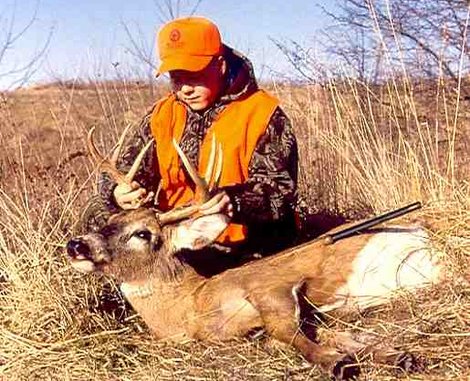
We are hunters. As a subset of America, we’re admittedly somewhat smaller than we used to be. Our numbers have been steadily pressed beneath a culture growing ever faster, more complex and distant from its rural ancestry. Now, like growing vegetables, gathering fresh eggs and raising farm animals for the table, the proclivity and skill to harvest Earth’s bounty of wild game — and to pass on this tradition to those longing for simpler ways of life — reside in only a relative few of us.
The meats that hunters and their families consume are grown unfettered by hormones, processed feeds or fences. Low in fat and cholesterol, high in protein, wild game is organic defined. The American Heart Association and American Cancer Society recommend venison, rabbit, pheasant and duck over many commercially produced, packaged and distributed alternatives.
Data gathered by my organization show that 84 percent of us hunt exclusively in our home states. Only 5 percent never hunt locally. Compared with consumers of U.S. supermarket food, which routinely travels as much as 2,500 miles from source to table, we are model locavores.
But “renewable” is perhaps where hunters shine greenest. Continue reading Hunting: A Conservation Success Story